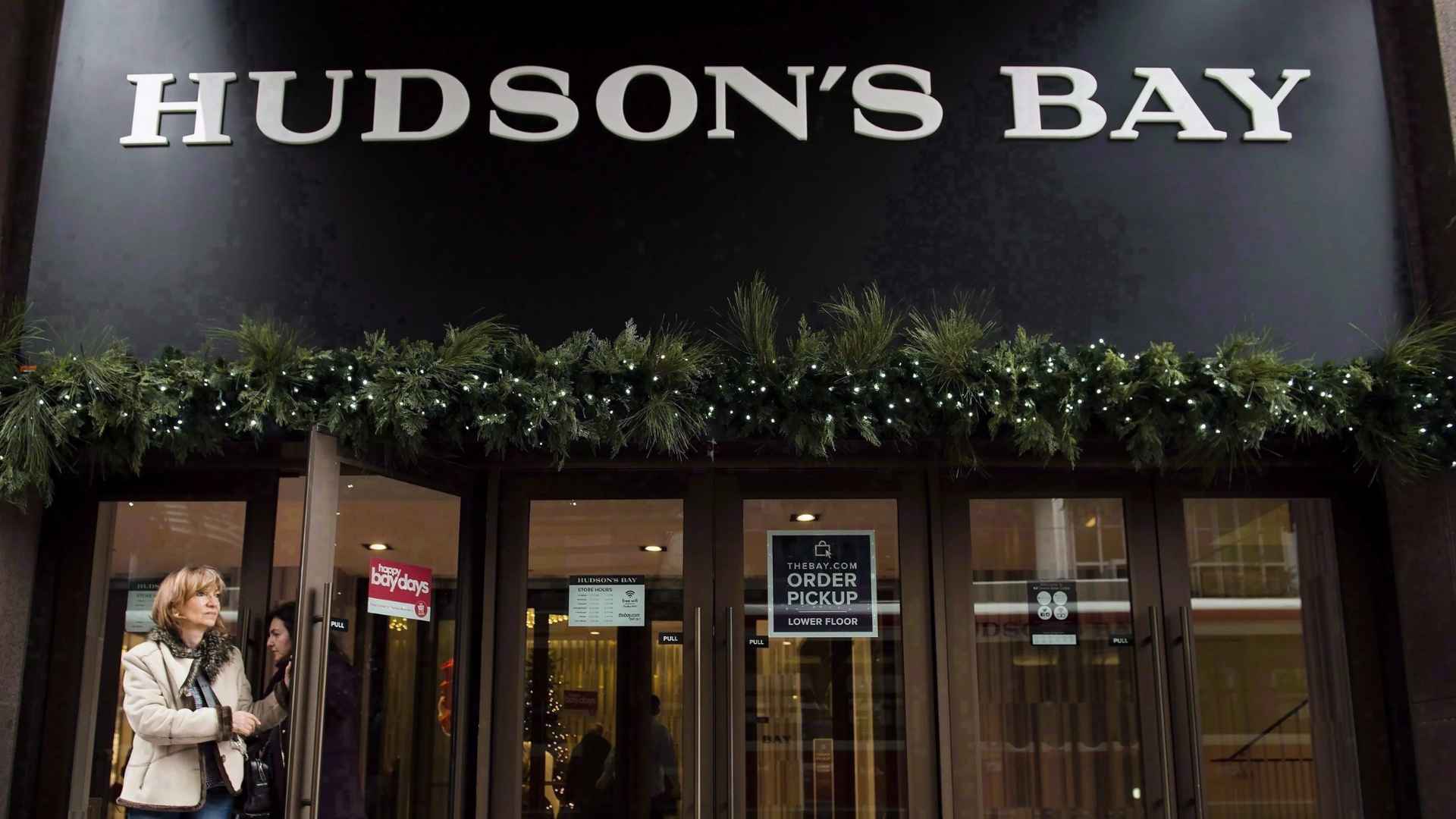Liquidation sales have begun, and no rescue financing is expected before the court’s deadline.
Founded in 1670, the legendary Hudson’s Bay Company (HBC) has filed for bankruptcy, signaling the end of one of North America’s oldest commercial institutions. With only six stores still operational, the firm has until early May to secure new funding. However, no last-minute relief appears to be in sight, raising concerns about a permanent shutdown of this historic retailer.
HBC’s current liquidation process follows a storied history that spans centuries. At its peak, the company held vast control over territories that would eventually form part of Canada. Now, the clock is ticking. Potential investors have not come forward, and current management indicates that active liquidation sales are likely to continue unabated. Ever wonder how a once-mighty enterprise reached this point?
From fur monopolies to department stores: how Hudson’s Bay Company evolved over centuries
The company’s roots trace back to two French explorers, Pierre-Esprit Radisson and Médard des Groseilliers, who sought support from Prince Rupert after failing to gain backing in France. Eventually, HBC secured a royal charter granting exclusive fur-trade rights in northern territories.
Over time, it evolved into a retail powerhouse with department stores across Canada, the United States, and Europe. Yet fierce competition, shifting consumer preferences, and government interventions chipped away at its dominance. Below is a quick snapshot of HBC’s most notable milestones:
| Year | Milestone |
|---|---|
| 1670 | Founded with a British charter granting fur-trade monopoly |
| 1779 | Emergence of North West Company as a main competitor |
| 1849 | Court ruling ends exclusive fur-trade control |
| 20th c. | Transition to retail empire with department stores |
| 2020s | Facing bankruptcy amid e-commerce challenges |
A final struggle in a world shaped by online shopping and evolving consumer trends
The rapid expansion of e-commerce in the past decade proved to be HBC’s toughest challenge. Traditional stores witnessed dwindling foot traffic, and digital platforms captured a growing share of the retail market. Following the COVID-19 pandemic, only a handful of locations remained, and profitability became an uphill battle. Who would have predicted that an enterprise once pivotal to Canada’s formation would be unable to adapt in time? Below is a brief list of factors contributing to HBC’s downfall:
- Reduced in-store sales due to online competition
- Heavy operating costs for brick-and-mortar locations
- Limited resources to pivot toward digital retail
- Decline in global funding interest
As HBC’s liquidation continues, observers question whether any miracle deal could arrive before the court-mandated cutoff. For now, loyal customers can only watch as one of North America’s oldest business giants readies to close its doors. If no financial rescue surfaces, this centuries-old institution will soon exist only in history books.

